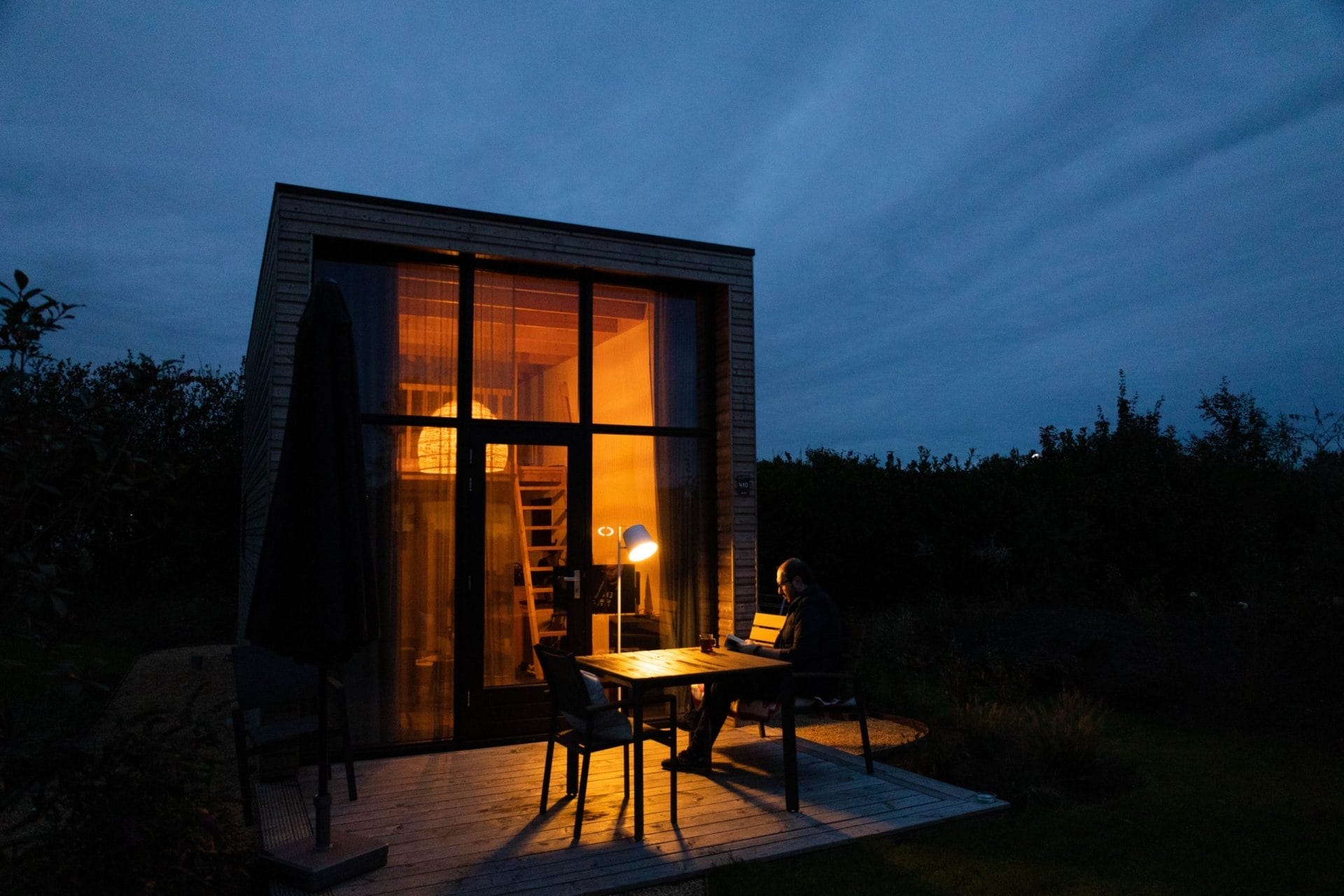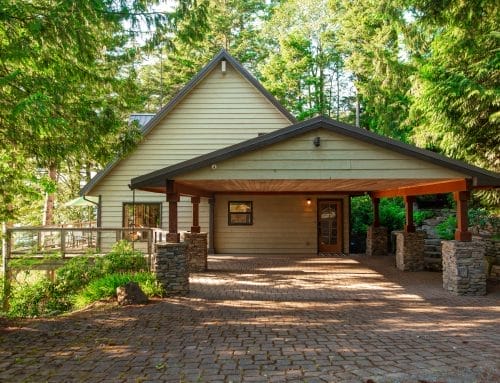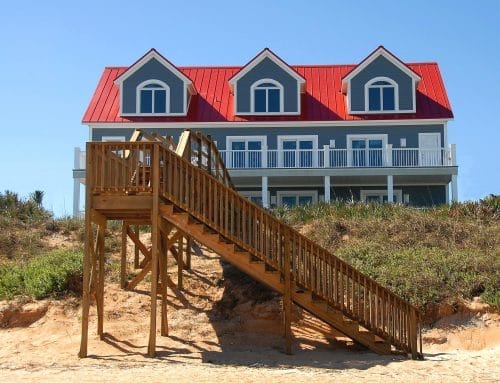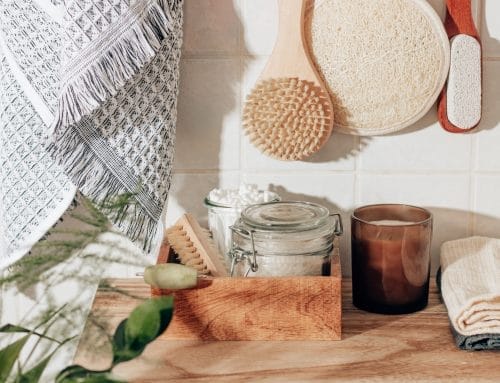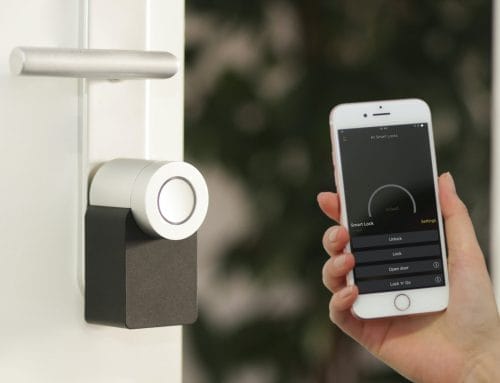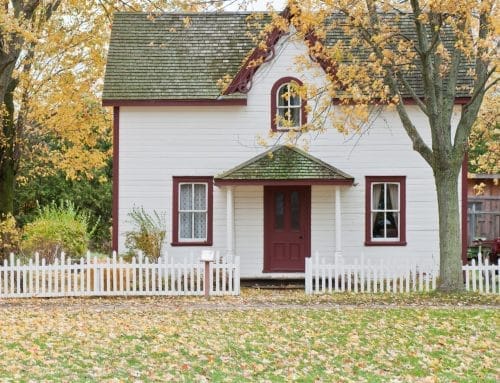Investing in a Tiny House Airbnb
Tiny houses can make for very profitable short-term rentals. Airbnb, VRBO, and direct booking sites are filled with tiny houses because they require relatively low investment, appeal to adventurous travelers, and have the added benefit of quick cleaning times.
What is a Tiny House?
There is no one definition of a tiny house but as the name implies, a “Tiny House” is a small and often relatively affordable building. Typically less than 500 sqft. The small space forces the designer to be extremely space-efficient, and often customized to the owners’ needs. Some people may think that size alone defines a tiny house while other people may consider the philosophy and lifestyle of the designer and occupant. Below is a shortlist of characters of tiny homes:
- A single building with basic amenities of a permanent house (not simply and a bunkhouse)
- Kitchen
- Washroom
- Sleeping area
- Living space
- Mobile (typically on a trailer bed or wheels) or a temporary foundation
- Built out of high-quality materials meant for durability rather than lightweight materials meant to reduce weight for greater mobility (such as an RV)
- Detached (not part of a larger house or building; such as a basement inlaw suite or apartment)
Why Airbnb a Tiny House?
Tiny homes are a trendy yet niche part of the rental market. They require a relatively small investment when compared to other rental properties. Tiny homes’ small yet affordable accommodations meet the needs of many weekend travelers. Furthermore, the tiny homes’ look great in Instagram photos, effectively turning your guests into your advertisers. Lastly, tiny homes are relatively easy to build and many houses are built as a host’s Do It Yourself projects.
Why not just Airbnb and RV?
A Tiny House and a recreational vehicle (RV) may seem very similar, however, there are major differences for both the Airbnb host and the guest. Tiny Houses are very trendy and look great in photos (learn more about Airbnb photography here). Furthermore, Tiny Homes appeal to fun-loving adventurous travelers that prefer Airbnb’s over traditional hotels.
Learn how to use psychographics to grow your Airbnb
RV’s are not built to the same structural standard as a house (or even a tiny house for that matter) making RVs unsuitable for a permanent residence in Canadian climates. RVs are built to minimize the weight to make them easier to tow. Whereas tiny houses are normally high-quality wood frame construction projects that are meant to be towable but largely stay in one place.
RVs typically have very little insulation and lack sloped roofs, meaning they are designed for 3 seasons and depreciate relatively quickly. RV maintenance and replacement parts can be very expensive. Tiny houses on the other hand, are often built to meet the needs of the local environment and can be equipped with heaters, air conditioning units, and even wood-burning fireplaces. Tiny houses can be built with a wood stove, solar panels, a well, and a septic system making tiny houses much better off-grid than RVs.
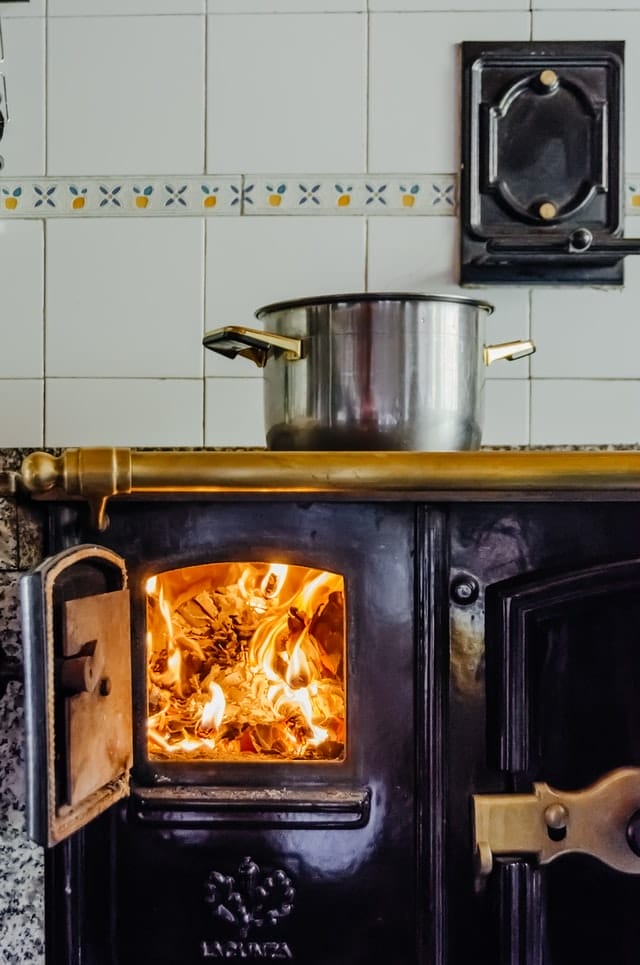
Renting RVs can be profitable and a great lifestyle for hosts, particularly if you want to earn some rental revenue without the headache of guests staying at your home or property. RV renters typically rent an RV for a week and drive it to a local park or other wilderness destination. There are even websites similar to Airbnb for renting RVs and trailers such as RVezy.
Are Tiny Houses Legal?
In Canada, tiny houses are in a legal grey area. They are somewhere in between an RV and a traditional single-family home. Regulations differ from province to province and city to city. Before you buy or build a tiny house check the planning, zoning, and building requirements in your municipality. The last thing you want to do is to invest over $50,000 and learn that you can’t legally live at your desired property.
What is the ideal Tiny Home size?
Although you can buy or build larger houses on wheels there are a number of notable road safety regulations that you should consider.
- Under 4600 KG
- 8’ 5” or less wide (256.5 cm)
- 13.5 ft from the ground at the highest point (441 cm)
- 41’ or less long (12.5 m)
Your Tiny House along with any fixtures, furniture, and personal belongings should be under 4600 KG otherwise you will need a Class 1 commercial licence to tow it in Canada.
It is best to keep the width of your tiny home 8.5 ft or less. You can build your tiny house up to 10 ft wide but you will need a wide-load tow whenever you move it.
Your Tiny House must be under 13.5 ft to the highest point, but keep in mind that you must also fit under any overpasses or other overhead obstructions along your route. Drive BC offers an excellent free Height Clearance Tool to plan your shipment route. Be sure to check with your local transportation authorities when planning your route.
How to price a nightly stay in a Tiny House?
The Airbnb pricing algorithm will likely underprice the unique valve of your Tiny House. Although I don’t know the exact inner workings of the Airbnb pricing algorithm, it is reasonable to assume that Airbnb looks at the number of bedrooms, bathrooms, the maximum number of guests, and other amenities when suggesting a price. The Airbnb pricing algorithm will likely not understand your tiny homes’ unique value proposition. Take the suggested price with a grain of salt and don’t be afraid to change a little extra.
How do I finance a Tiny House?
Tiny houses are harder to finance than traditional single-family residences. Ideally, you are independently wealthy and can self-finance your dream tiny home, however, that probably doesn’t describe your financial situation. Your tiny houses likely won’t qualify for a traditional 25-year residential mortgage, so you will likely need to secure alternative financing. Furthermore, you will more than likely pay a higher interest rate than the traditional 25-year residential mortgage. Below are some loan options to consider:
1. Home equity loan
If you own your primary residence there is a good chance that you qualify for a home equity loan. This is a partially good option if you own the land that your tiny houses will sit on. The profits from your tiny house short-term rental can then be used to pay down the loan.
2. Tiny home builder financing
Some professional tiny house builders offer in house financing. If you plan to purchase your home, talk to the builder about financing options, but ensure that you consider the lifetime cost of the loan vs the purchase price.
3. RV Loan
If your tiny house is on wheels then there is a good chance that you may qualify for an RV loan from a credit union or a large chartered bank. Your tiny home will likely need to be certified by the Canadian Recreational Vehicle Industry Association in order to qualify for an RV loan, so talk to your tiny house manufacturer.
Do I need insurance for my Tiny House?
Yes, buying insurance for your tiny house is highly recommended. But by their very nature, tiny homes are unconventional which can make them a little harder to insure; plus there is the added complexity of buying insurance for your short-term rental.
The location of your tiny house will affect insurance rates and eligibility. For example, rural areas tend to be further from fire stations and fire hydrants. The number of past insurance claims in your neighbourhood can make a very large difference in insurance rates from company to company, be sure to get quotes from at least three different insurance brokers.
Conclusion
Tiny houses are a great short-term rental opportunity but are still a large investment. They are more affordable and faster to build/launch than a conventional single-family house; possibly getting you to positive cash flow sooner. But tiny houses are a regulatory grey zone, so check your area’s bylaws and regulations.

